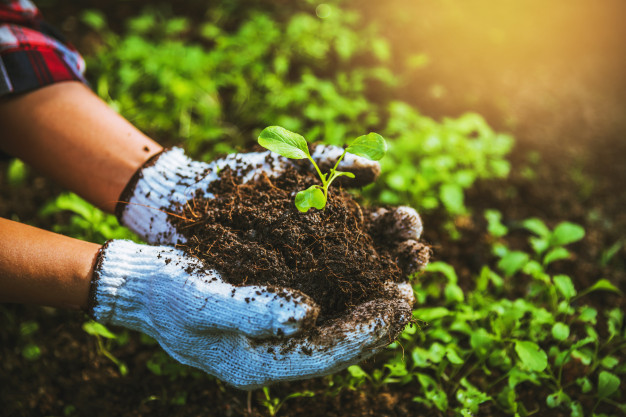
These practices encompass all the production and marketing stages from soil to table. They are a chain of practices that are produced without harmful chemical and physical residues and taking into account the ecological balance, without causing environmental pollution. During the production in Good Agricultural Practices, the legal regulations of the country where the product is grown and where the consumer lives are followed and all procedures are recorded, controlled and certified by certification organizations.
The regulation on Good Agricultural Practices in our country has been organized in accordance with the Regulation on Good Agricultural Practices published in the Official Gazette on December 7, 2010 and numbered 27778 by the Ministry of Food, Agriculture and Livestock and the General Directive on Good Agricultural Practices in Vegetable Production (2011-007). You can go to the related legislation from here.
Good Agricultural Practices (GAP) Examples In The World
The Food and Agriculture Organization (FAO) works on the principles of Good Agricultural Practices (GAP). Large retailers in the European Union countries have come together to form the European Retailers' Product Working Group (EUREP).
In 1999, they prepared the EUREPGAP (European Retailers' Product Working Group Good Agricultural Practices) Protocol for the principles of good agricultural practices in fresh fruits and vegetables. This has increased the positive impact of technology on agriculture through technological innovations.

How are Good Agricultural Practices Implemented?
Farmers participating in Good Agricultural Practices must keep all operations recorded. These records must be kept for controls to be carried out and must be produced if necessary. What is recorded in the application conditions:
- Product type and fertilizer
- Geographical area where the product is located
- Time of pesticide application
- Reason for application
- Technical permission
- Commercial name and amount of the chemical used
- Name of the application tool and operator
- Time between application and harvest
- Irrigation time, method and amount
In the case of withdrawal of products with Good Agriculture certificate from the market, the detection of the withdrawal reason will be possible through this traceability. The producer must have procedures for the withdrawal of the certified product from the market.
Producers should perform a risk assessment before making a production decision. Risk assessment should be performed by taking into account the soil type, erosion, groundwater level and quality, the existence of sustainable water sources, the first use of the land, contamination with parasites and other pests and their impact on adjacent areas. With intercropping production planning, the protection of soil health, the reduction of dependence on agricultural chemicals, and the maximum maintenance of plant health can be ensured.
In Turkey, there have been significant developments in the number of producers and the production area, especially after 2013, in terms of Good Agricultural Practices. The number of provinces where Good Agricultural Practices are applied has increased from 18 in 2007 to 64 in 2016, while the area under Good Agricultural Practices has increased by approximately 88 times in 10 years. In Turkey, as of 2016, the region with the largest area under Good Agricultural Practices was the Southeast Anatolia Region with 48.89%, followed by the Mediterranean with 16.56% and the Aegean with 12.76%.
Good Agricultural Practices should be developed and the utilization of technology should be increased in order to contribute significantly to solving the problems caused by increasing population and urbanization, and to increase productivity.

